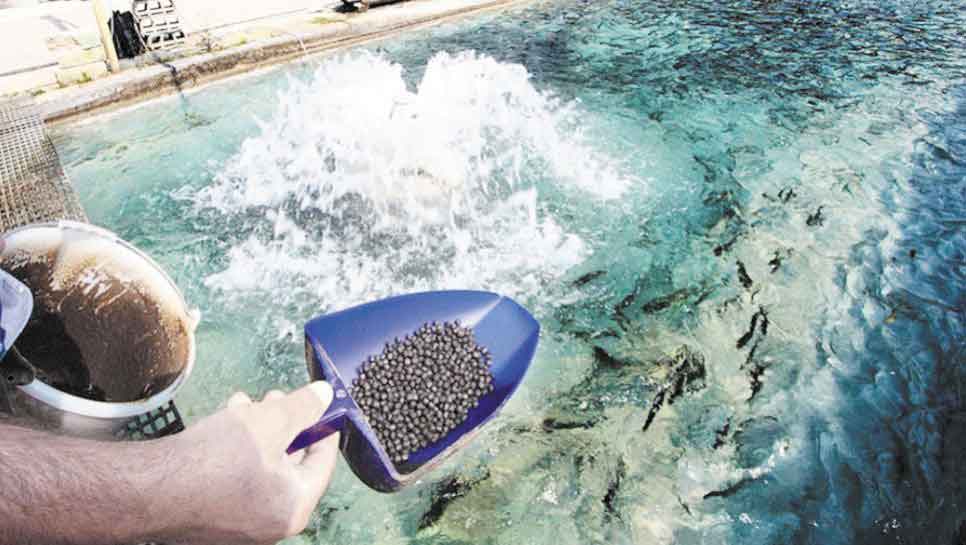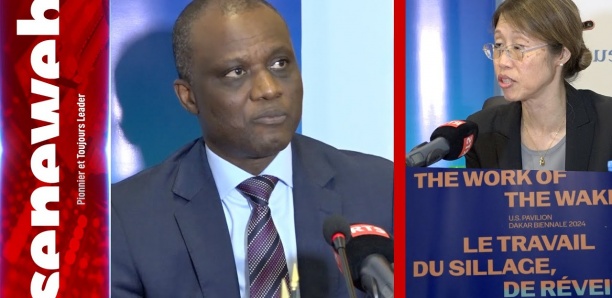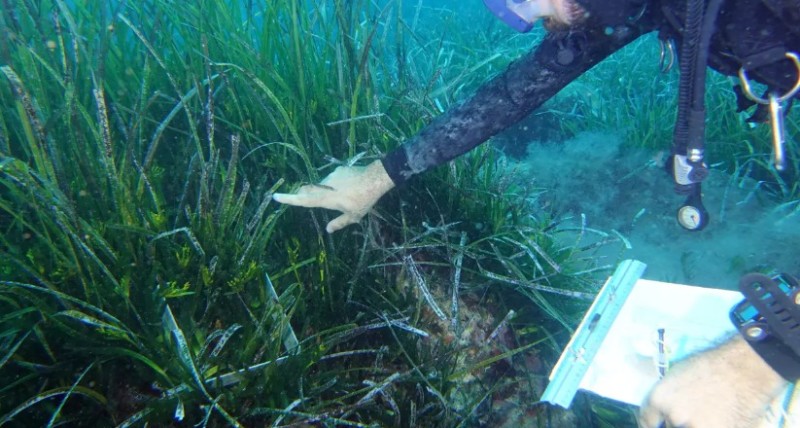Aquaculture in Western Tipasa Localities: A Sector on the Rise
Starting in the second half of 2026, Tipasa’s annual aquaculture production is expected to exceed 8,000 tons.
Since 2021, aquaculture has emerged as a promising economic sector in Tipasa, with growth projections extending to 2030. According to Ahmed Tetbirt, Director of Fisheries and Marine Resources in Tipasa, “By the second half of 2026, annual aquaculture production will surpass 8,000 tons, overtaking fishing yields.” Due to defaults by certain operators who had received concessions at sea, Tipasa was able to reclaim an area exceeding 220 hectares.
Encouraged by government policy, 15 concessions have been granted to national operators, mainly located in the western part of Tipasa, from Messelmoune to Damous. These concessions focus on raising sea bass, gilthead sea bream, mussels, and oysters, with two projects already operational: one in Larhat for sea bass and sea bream, producing around 220 tons annually, and another in Messelmoune dedicated to mussels and oysters. Four additional aquaculture investors are set to install floating cages by December 2024. Oversight of these projects is continuous, according to Tetbirt.
Revocation of Concessions
“If a project is not realized, the 20-hectare concession will be canceled,” Tetbirt stated. Aquaculture is a capital-intensive investment, with costs for eight floating cages, a catamaran, and a small boat ranging from 600 million to 700 million dinars. Additional expenses include payroll, insurance, and purchasing juvenile fish.
To support this, the government offers a subsidized loan of 340 million dinars to investors every five years. Among the applicants is the Madar Group, which received approval for a 60-hectare marine concession in Aïn Tagourait to install 24 floating cages with an annual production capacity of 2,000 tons. “In 2025, nine aquaculture projects will be completed,” affirmed Tetbirt.
Investors are actively seeking professional divers for maintenance work on their floating cages. For inland aquaculture, in partnership with the National Research and Development Center for Fisheries and Aquaculture (CNRDPA) in Bou Ismaïl, Tipasa’s fisheries directorate stocked the Kef Eddir Dam (Damous) with 200,000 juvenile fish in May 2024.
However, the Boukerdane Dam (Sidi Amar), now dried up due to lack of rainfall, has seen its infrastructure deteriorate despite significant state investment. To address this, the fisheries and agriculture directorates are working to introduce integrated aquaculture for farmers with large ponds or hillside reservoirs.
Farmers will receive training at the Cherchell School of Fisheries and Aquaculture before being supplied with juvenile fish. Tipasa’s fisheries directorate also has an annex in Blida. Integrated aquaculture and land-based fish farms are key components of the sector’s roadmap. An investor from Chlef, already operating 42 floating cages in Beni Haoua, plans to expand into Tipasa, which has proven to be a fertile area for aquaculture.




